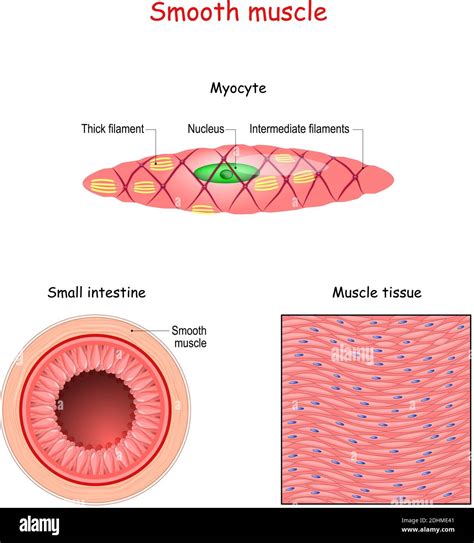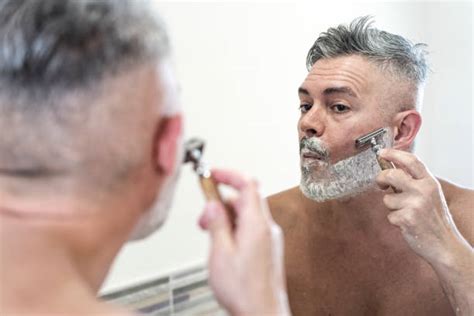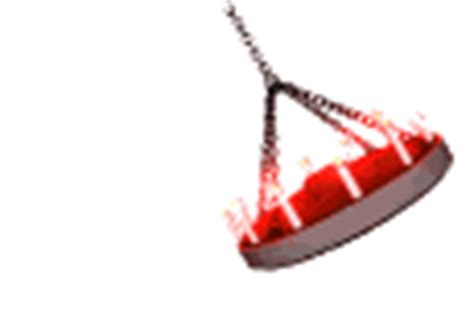Optimal shave: How to eliminate razor burn for peak skin performance?
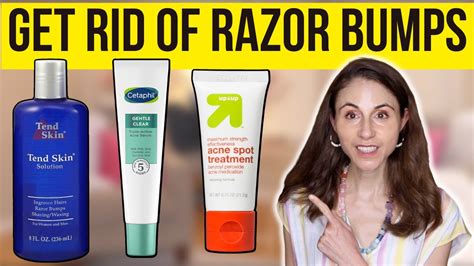
Razor burn, characterized by redness, irritation, and sometimes painful bumps, is a common affliction for many who shave. Far from being an inevitable part of grooming, it’s a sign that your shaving routine needs an overhaul. Achieving an optimal shave means not just getting a close cut, but doing so without compromising your skin’s health. This guide will walk you through the essential steps to eliminate razor burn and unlock peak skin performance.
Understanding the Enemy: What Causes Razor Burn?
Before you can defeat razor burn, it’s crucial to understand its origins. The primary culprits often include dull or dirty razor blades that tug at the hair rather than cleanly cutting it. Shaving dry skin or using insufficient lubrication can create excessive friction, leading to irritation. Furthermore, aggressive shaving techniques, such as applying too much pressure or shaving against the grain repeatedly, can strip the skin’s protective barrier and inflame hair follicles, resulting in the dreaded red bumps and discomfort.

Pre-Shave Preparation: Laying the Groundwork for Smoothness
The secret to an irritation-free shave begins long before the blade touches your skin. Proper preparation softens the hair and creates a protective barrier, allowing the razor to glide effortlessly. Start by cleansing your face with warm water or, even better, shave after a warm shower. The steam and warm water open pores and soften stubble, making it easier to cut. Consider a gentle facial exfoliant once or twice a week to remove dead skin cells that can clog pores and interfere with your shave.
Next, apply a high-quality pre-shave oil. This creates a lubricating layer between your skin and the shaving cream, offering an extra line of defense against razor drag and nicks. Let it sit for a minute or two to fully penetrate the hairs.
The Art of the Shave: Technique, Tools, and Precision
Choosing Your Weapon Wisely
Your razor is your most important tool. Invest in a sharp, clean blade and replace it frequently – typically after 5-7 uses, or sooner if you feel any tugging. Dull blades are the number one cause of razor burn. Rinse your razor head thoroughly after each stroke to remove hair and product build-up.
Opt for a rich, moisturizing shaving cream or gel, not just soap. Look for formulations with nourishing ingredients that create a thick, protective lather, allowing the blade to glide smoothly without causing microscopic abrasions. Apply it generously, ensuring all hairs are well-covered and lifted.
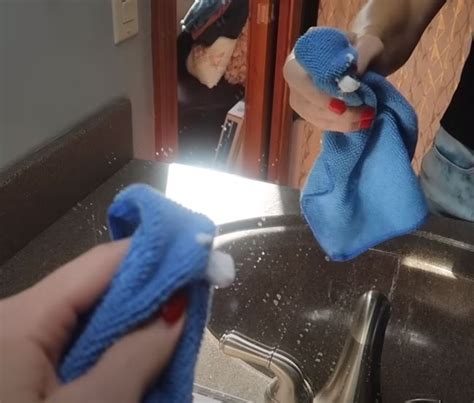
Mastering Your Technique
Shave with the grain first – meaning in the direction your hair grows. This minimizes irritation. If you need a closer shave, re-lather and then shave across the grain (perpendicular to hair growth). Avoid shaving against the grain directly, especially if you have sensitive skin or are prone to razor burn, as this significantly increases the risk of irritation and ingrown hairs. Use short, light strokes, letting the sharpness of the blade do the work, not excessive pressure. Rinse the blade frequently under warm water to keep it free of debris.
Post-Shave Care: Soothe, Hydrate, and Protect
Once you’ve finished shaving, rinse your face thoroughly with cool water. This helps to close pores and remove any remaining shaving cream or stray hairs. Gently pat your skin dry with a clean, soft towel – do not rub vigorously.
Immediately follow with an alcohol-free aftershave balm or serum. Alcohol can dry out and irritate freshly shaved skin. Look for balms with soothing ingredients like aloe vera, witch hazel, chamomile, or salicylic acid (to prevent ingrown hairs). These ingredients help to calm redness, reduce inflammation, and restore moisture. Finish with a light, non-comedogenic moisturizer to keep your skin hydrated throughout the day.
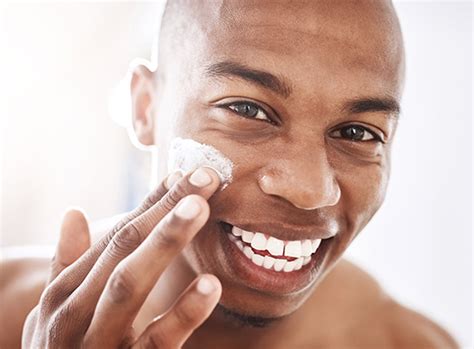
Advanced Tips for Stubborn Razor Burn
If you’re still battling razor burn, consider these additional strategies:
- Examine Your Razor Type: If multi-blade razors are causing issues, try a single-blade safety razor or even an electric shaver, which can be less irritating for some skin types.
- Identify Triggers: Pay attention to specific products or techniques that might be causing irritation and adjust accordingly.
- Skin Hydration: Drink plenty of water and maintain a healthy diet. Hydrated skin is more resilient.
- Cleanliness: Always store your razor in a clean, dry place to prevent bacterial growth.

The Path to Peak Skin Performance
Eliminating razor burn isn’t just about comfort; it’s about achieving peak skin performance. A proper shaving routine prevents irritation, reduces ingrown hairs, and leaves your skin looking and feeling smooth, healthy, and radiant. By following these steps – meticulous preparation, precise technique, and diligent post-shave care – you can transform your daily shave from a dreaded chore into a revitalizing ritual that enhances your overall grooming and confidence. Say goodbye to redness and hello to an optimal shave every time.
